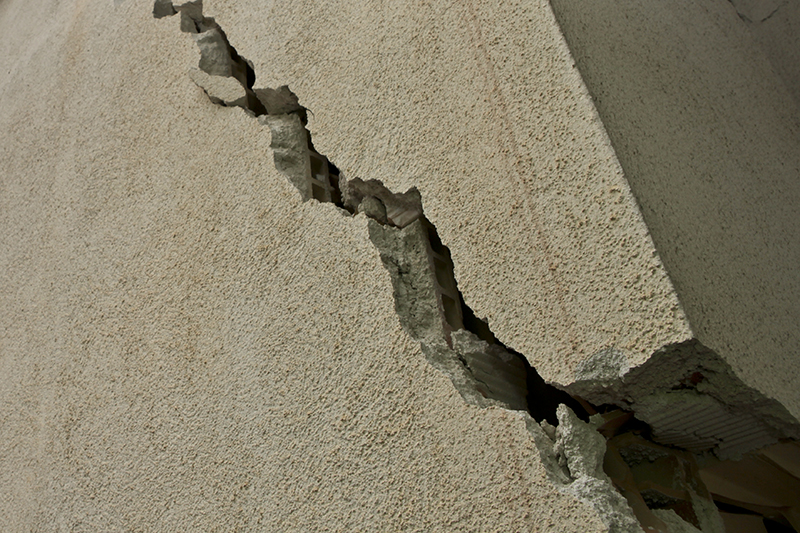What to do - Earthquake

Learning how to prevent and reduce the effects of earthquakes is a task for all of us.
Share what you know in your family, at school, with friends and colleagues: spreading information about earthquake risk is a collective responsibility to which we all must contribute.
With the advice of a technician
Sometimes, you might just need to reinforce load-bearing walls or improve connections between walls and floors: to make the right choice, seek the advice of a qualified technician.
On your own
- Move heavy furniture away from beds or sofas.
- Fix the wall shelves, bookcases, and other tall furniture.
- Hang pictures and mirrors with closed hooks to prevent them from coming off the wall.
- Put heavy items on lower shelves; you can hold objects with double-sided tape on the higher ones.
- In the kitchen, secure the cupboard flaps where plates and glasses are stored so they do not open during the earthquake.
- Learn where and how to close the gas and water taps and the main light switch.
- Prepare an emergency kit containing, for example, a copy of documents, a first aid kit, a flashlight, a battery-powered radio, etc.
- Identify safe places in your home to take shelter during an earthquake.
- Inform yourself about your municipality's Civil Protection Plan.
Indoor
• Stand in a doorway built into a load-bearing wall (the thicker one), near a load-bearing wall or under a beam, or take cover under a resistant bed or table.
• In the middle of the room, you may be hit by falling objects, pieces of plaster, suspended ceilings, furniture, etc.
• Do not rush outside, but wait until the shaking is over.
Outdoor
• Move away from buildings, trees, lampposts, power lines: you could be hit by vases, tiles and other materials that can fall
• Pay attention to other possible consequences of the earthquake: collapse of bridges, landslides, gas leaks, etc.
- Ensure the health condition of the people around you and give first aid if necessary.
- Before leaving, turn off the gas, water, and electricity, and wear shoes. On your way out, avoid the elevator and be careful on the stairs, as they may be damaged. Once outside, maintain a cautious attitude.
- If you are in a zone exposed to tsunami risk, move away from the beach and reach a higher place.
- Limit, as much as possible, the use of the phone.
- Limit the use of the car to avoid obstructing the passage of emergency vehicles.
- Reach the waiting areas provided by your municipality's emergency plan.